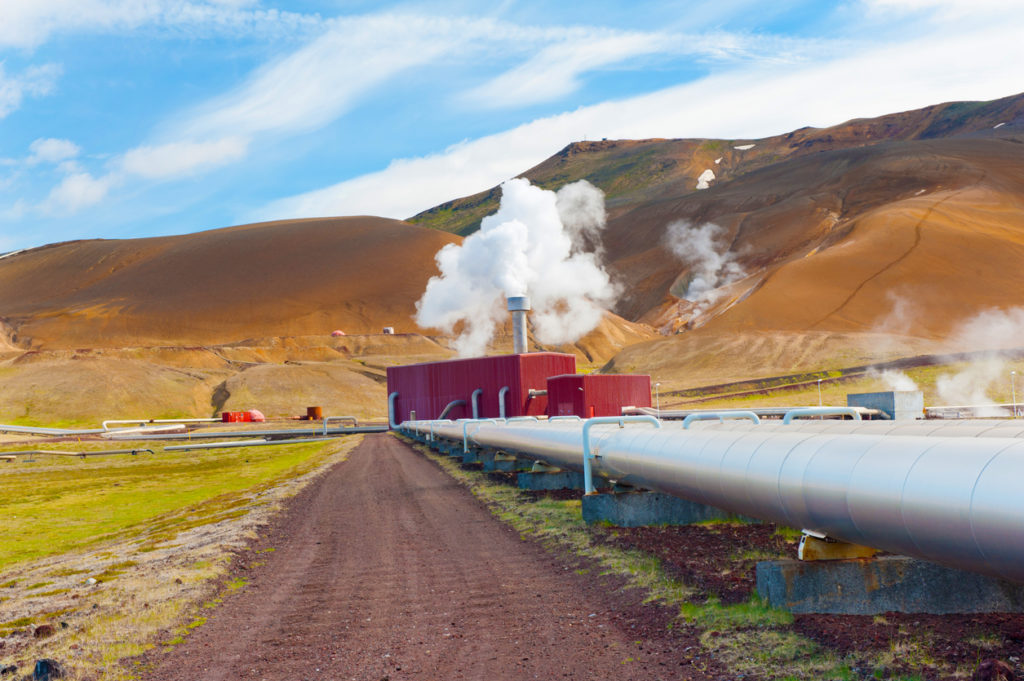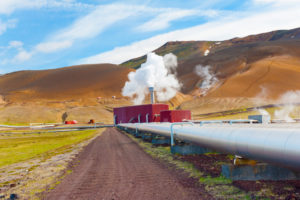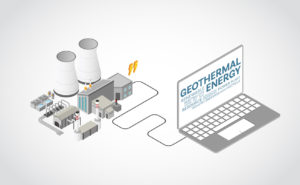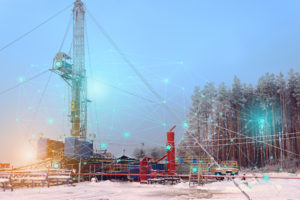On February 20th, 2025, OptiDrill’s 11 consortium partners from geothermal drilling, machine learning, and AI gathered at the Technovative Solutions LTD (TVS) office in Manchester to finalise a cutting-edge, real-time geothermal advisory system.
This milestone marks the successful conclusion of the Horizon 2020 OptiDrill Project, a transformative initiative that has redefined geothermal drilling through machine learning (ML), advanced sensors, and real-time data analytics.
Funded under the EU’s Horizon 2020 programme, OptiDrill set out to optimise drilling efficiency, reduce costs, and improve the sustainability of geothermal energy. After four years of rigorous research, testing, and field implementation, the project has reached its conclusion, leaving behind a legacy of innovation and industry-wide advancements.
What was the OptiDrill Project About?
Drilling for geothermal energy is a complex, high-cost process, often accounting for up to 70% of a project’s total expenditure. Unlike traditional oil and gas drilling, geothermal wells must contend with hard rock formations, unpredictable subsurface conditions, and high-temperature environments. The lack of real-time bottom-hole awareness and reliance on manual expertise have long posed challenges to efficiency and cost-effectiveness.
To tackle these issues head-on, OptiDrill was designed, integrating ML-driven advisory systems, real-time monitoring, and advanced sensor technologies, the project sought to provide drillers with actionable insights and predictive modelling.
The end goal being, faster, more efficient, and cost-effective geothermal drilling, making geothermal energy a more competitive and scalable solution in the global energy mix.
Key Goals and Achievements
At its inception, OptiDrill had several core objectives, each aimed at revolutionising geothermal drilling. Here’s how the project delivered on its promises:
1. Digitalising Drilling Data and Decision-Making
Traditionally, drilling operations relied heavily on manual reporting and historical data, which often led to delays and inefficiencies. OptiDrill employed Natural Language Processing (NLP) to digitise and structure text-based drilling reports, creating a real-time, accessible database for informed decision-making.
2. Enhancing Real-Time Monitoring with Advanced Sensors
One of OptiDrill’s major breakthroughs was the implementation of MWD (Measurement While Drilling) systems, alongside acoustic and vibration sensors. These innovations allowed for real-time tracking of drilling parameters, such as Rate of Penetration (ROP), torque, and borehole stability, significantly reducing the risk of non-productive time (NPT).
3. Developing AI-Driven Predictive Models
The integration of Machine Learning (ML) algorithms provided unparalleled insights into drilling conditions. OptiDrill successfully developed AI modules capable of:
Predicting lithology (rock formations) based on drilling data.
Detecting potential drilling hazards before they could escalate.
Optimising well completion and stimulation techniques for long-term performance.
These predictive models significantly reduced drilling uncertainties, leading to improved efficiency and cost savings.
4. Reducing Geothermal Drilling Costs and Environmental Impact
By minimising drilling time and optimising resource allocation, OptiDrill contributed to a substantial reduction in overall capital expenditure (CapEx) for geothermal projects. Additionally, fewer drilling complications meant a lower environmental footprint, reinforcing geothermal energy’s role as a sustainable alternative to fossil fuels.
The Power of Collaboration
OptiDrill’s success was made possible by a consortium of 12 leading organisations, each bringing a unique expertise to the project. The partners included:
Fraunhofer IEG (Germany) | British Geological Survey (BGS – UK) | Geothermal Engineering Ltd (UK) | ENBW Energie Baden-Württemberg AG (Germany) | Orkuveita Reykjavikur SF (ON Power – Iceland) | United Kingdom Research and Innovation (UKRI – UK) | Bestec GmbH (Germany) | Technovative Solutions Ltd (UK) | Radial Drilling Europe BV (Netherlands) | Well Guidance B.V. (Netherlands) | Precision Varionic International Ltd (UK) | Oliveris Tech Incubator Ltd (Ireland)
The collaboration extended beyond Europe, incorporating data from over 500 geothermal wells across multiple geological settings. This extensive dataset was instrumental in training and refining the AI models, ensuring OptiDrill’s advisory system could adapt to diverse drilling conditions worldwide.
Looking Beyond OptiDrill
With the project now successfully concluded, the innovations developed under OptiDrill are expected to shape the future of geothermal drilling for years to come. The AI-driven advisory system has already demonstrated its potential to enhance efficiency, reduce costs, and make geothermal energy more accessible. Industry stakeholders and energy policymakers alike will be looking at how these advancements can be commercialised and integrated into large-scale geothermal projects.
As geothermal energy continues to gain traction in the transition to a low-carbon future, the legacy of OptiDrill will serve as a blueprint for data-driven drilling solutions, bridging the gap between traditional expertise and digital transformation.
Check out the OptiDrill App!
The OptiDrill project is funded by the European Union’s Horizon 2020 Research and Innovation Action under grant agreement No. 101006964






